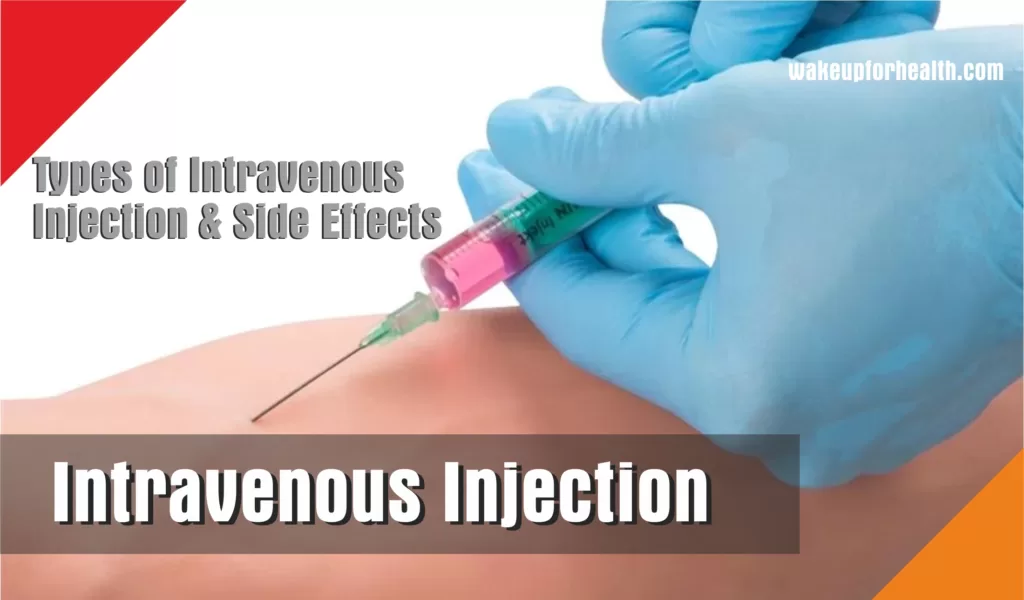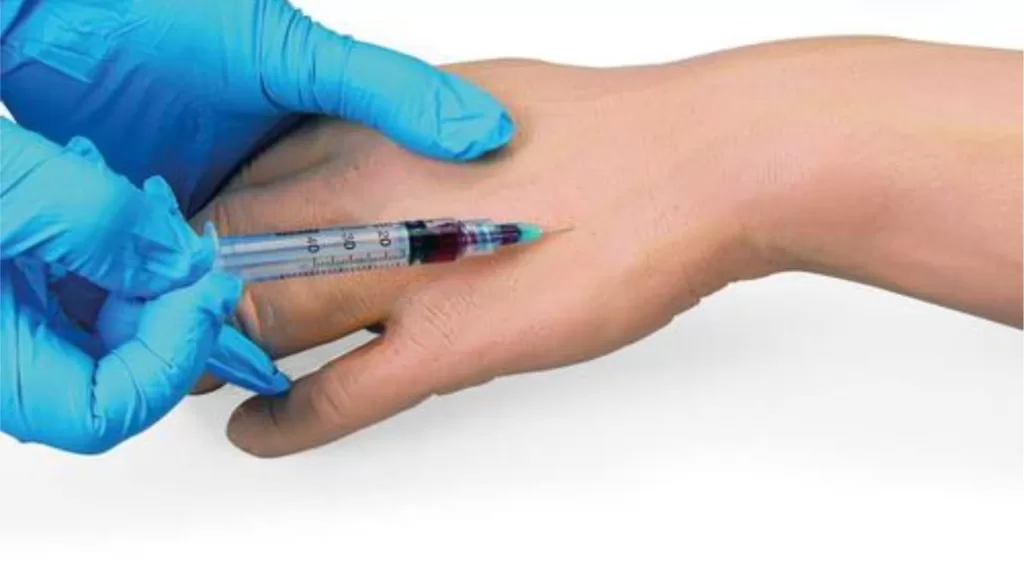Intravenous injection or medication is jointly called that injection or method, in which necessary medicines are injected directly inside the veins through injection. Medicines or doses that are mainly injected into the veins are kept in the category of intravenous injection. Intravenous injection is also called IV. Below we will know more about Intravenous Injections, Types of Intravenous injection and care.

Image : Google
Understanding Intravenous Injections
The word intravenous itself means ‘directly into a vein’. At the same time, intravenous medications are also given directly into the veins through tubes. Through this, the doctor can give you intravenous infusion according to your disease or need, that too without pricking your veins. For this, only once a thin tube is fitted in your veins and doses are easily given according to the time.
How Much You Know About Schizophrenia Disease?
Intravenous Injection used?, Types of Injections, Side Effects
Intravenous injection is used in situations where the patient needs to be given a controlled and effective dose of medicine. Control here means giving the dose too fast or too slow.
Many diseases or critical conditions such as heart attack, food poisoning and stroke require rapid dosing to save a person. This is the advantage of intravenous injection, when the dose is given directly in the vein, it gets into the blood faster and the person gets immediate relief. It is many times better than oral pills and liquid medicines, because they take longer to get into the blood.
Types of Intravenous Injection?
The types of intravenous injections are based on their dosage and requirement. These are also called IV lines, IV push, and IV infusion.
1. IV lines (IV lines)
The first type of intravenous injection ie IV lines is given for a limited time. For example, painkillers can be given during surgery with the help of IV lines. So that the patient does not have pain, nervousness or vomiting after surgery. Usually, doctors can use IV lines for a maximum of four days. In IV lines, a fine needle is inserted into a vein in your arm and a tube is attached to its upper end, which continues to deliver the medicine you need.

2. IV Push
Another type of intravenous injection is the IV push. Push simply means to put something with pressure. Here the doctor uses a separate injection into a needle and tube fitted to the arm. With its help, a controlled dose of medicine is rapidly injected into the veins in a fixed time.
3. IV Infusion
The third type of intravenous injection is IV infusion. In this method, the dose is delivered to the patient’s veins in regular and balanced amounts. It also has two types, one of which involves dosing with the help of natural gravity and dosing with the help of a pump.
Must Read Also : How to Care Anti-Aging Skin?
What are the Side Effects of Intravenous Injection?
Intravenous injections are generally safe, but in rare cases minor to serious side effects may occur. The way intravenous injections act faster by going into the veins, in the same way its side effects are seen faster. Intravenous injection may have the following side effects:-
1. Damage to Nerves
Sometimes the use of intravenous injection can be dangerous for the nerves. Leakage of the medicine may cause damage to the surrounding tissue as well as symptoms such as burning sensation, pain and some crawling in the veins. In such a situation, it is necessary to tell all the symptoms to the doctor immediately.
2. Having Blood Clots
Sometimes due to this, there is also a problem of blood clots. Blood clot means clotting of blood. This is a very serious side effect as blood clots can cause blood to clot in the veins and can even lead to death.
3. Air Embolism
This is also a serious situation. If an air bubble or air gets into the syringe or intravenous tube and it reaches inside the vein, then this situation can be fatal for the patient. This is because the air bubble can reach the heart through the veins and blood and on reaching there, a person can have a heart attack or stroke.
4. Infection
This is a very common side effect of intravenous injection. It is necessary to take special care of cleanliness in the place where the injection was given. Due to slight negligence, the patient is at risk of infection. Skin irritation, itching and swelling can be signs of infection.
5. Hypervolaemia
With the help of intravenous injection, there is an abnormal increase of blood in the body. Mostly this problem can occur in pregnant women, children, old people and people suffering from kidney disease.
Can Intravenous Injection be done by Yourself at Home?
Intravenous injections can be administered by yourself at home. But, it is necessary that the person should know the whole process of giving intravenous injection. Also, you should take full care of the amount of medicine to be injected into the vein.
If you are familiar with the procedure for giving an intravenous injection, you can ask your doctor for instructions about how often and how much to give intravenous injections to yourself or another person. If you take care of all these things, it can be completely safe to use intravenous injections at home.
Why is Intravenous Injection Required?
Your doctor may recommend intravenous injections to treat the following conditions, including:
- Treatment for hormone deficiency
- In case of severe nausea
- In case of overdose of a drug, intravenous injection can be used to reduce its effects
- for pain control
- To treat cancer, especially during the process of chemotherapy
- In case of total parenteral nutrition (TPN) deficiency. TPN is a nutritional formula given through a vein.
- For the treatment of lack of fluids in the body
F.A.Q.
Q.1 : Why are injections given intravenously?
Ans.: In veins blood flows in a relatively low pressure compared to oxygenated blood being pumped through arteries at a higher pressure. So if the artery is punctured with a needle this will lead to a lot of blood loss. So mainly injections are administered through the vein rather than an artery.
Q.2 : Where is intravenous injection used?
Ans.: In adults the sites of IV injections are usually the forearm and outer surface of the hand or less commonly the outer surface of the foot. In urgent situations other sites can be used: veins of the cubital fossa and external jugular veins.
Q.3 : What are the 3 types of injections?
Ans.: The three main routes are intradermal (ID) injection, subcutaneous (SC) injection and intramuscular (IM) injection. Each type targets a different skin layer: Subcutaneous injections are administered in the fat layer, underneath the skin. Intramuscular injections are delivered into the muscle.
Q.4 : What are the 4 types of injection?
Ans.: The four most frequently used types of injection are:
- Intravenous (IV) injections. An IV injection is the fastest way to inject a medication and involves using a syringe to inject a medication directly into a vein.
- Intramuscular (IM) injections.
- Subcutaneous (SC) injections.
- Intradermal (ID) injections.